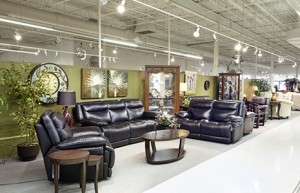 How many times have you been in a highly lit, impersonal retail store and wanted to get out as soon as you walked in? What about a poorly lit clothing store where you can barely even see the product? This can be a dilemna your business faces that you do not even know about. Creating the right atmosphere for your customers is almost as important as the products you sell. Once you know this, you can start getting to work on making your store the business it should be.
How many times have you been in a highly lit, impersonal retail store and wanted to get out as soon as you walked in? What about a poorly lit clothing store where you can barely even see the product? This can be a dilemna your business faces that you do not even know about. Creating the right atmosphere for your customers is almost as important as the products you sell. Once you know this, you can start getting to work on making your store the business it should be.
What Do You Want To Put Out Into The World?
The first thing you need to do when considering the lighting for your establishment is to figure out the tone you want in the store. Whether it is a cozy, home like feel or a big, spectacular one, you are going to need the right lighting to compliment it. Doing the due diligence is key to making your store come to life.
Execution
Here is where you really need to shine. Finding the right people to make your idea come to life is key. You need to give them all of the information on what you had in mind and then get out of the way and let them do their thing. If you have found the right people, you will see that they have you covered. In no time flat, you will be looking at a retail store fit for a king or queen.
Ultimately, making your retail store as approachable as possible is the key to success. To do this, you need to figure out the tone of your store then hire the right people to make your lights compliment that tone.
If you would like to take a look at what we’ve done, or just get some pricing information, please contact us.

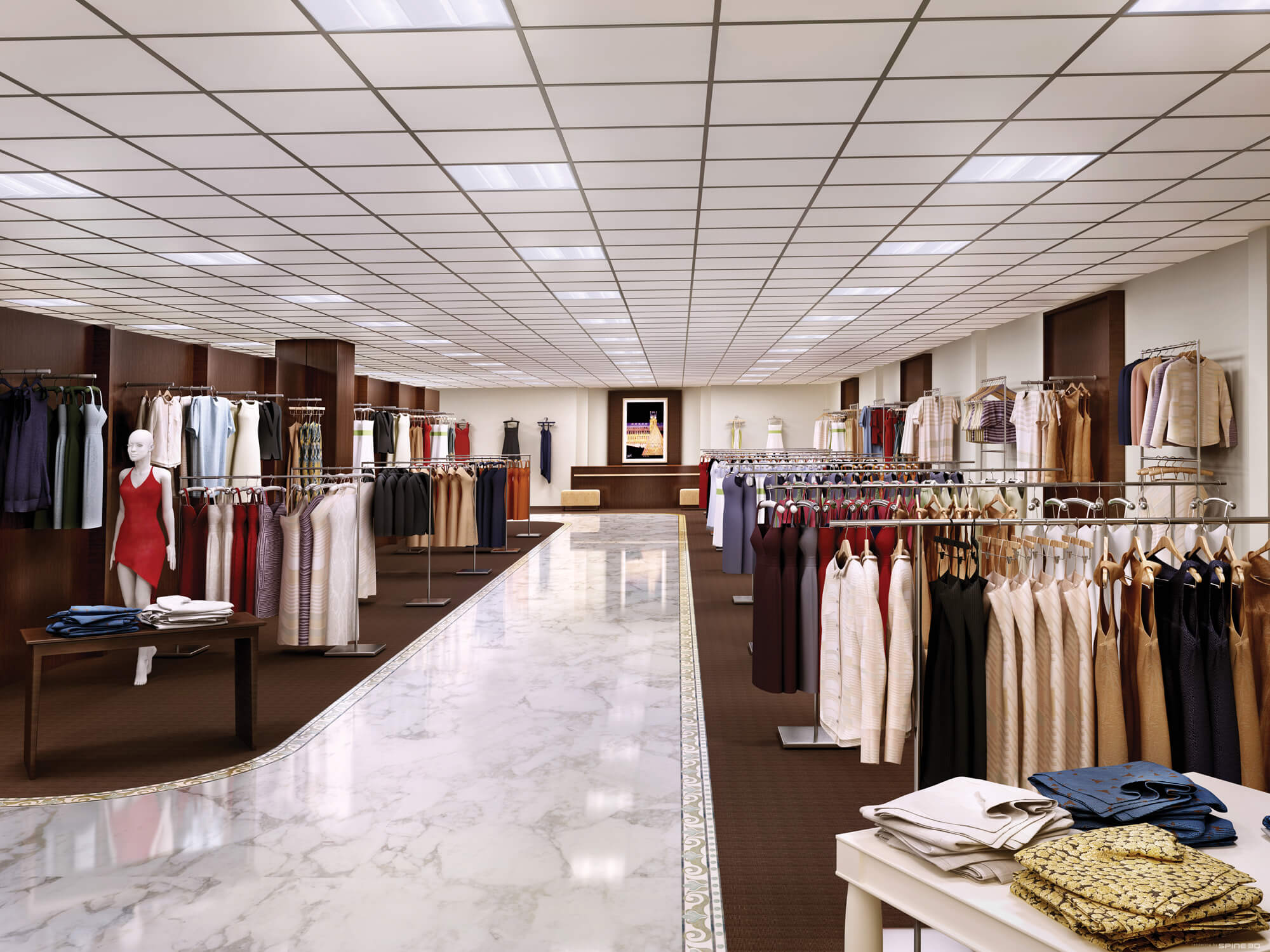
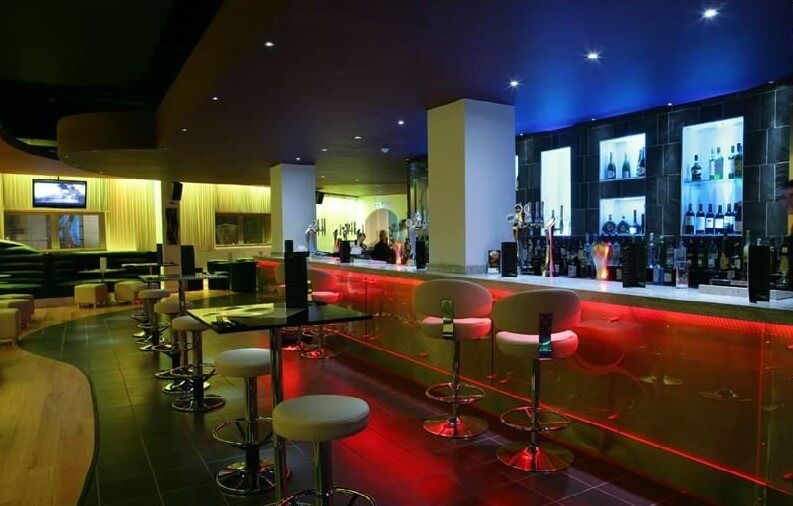
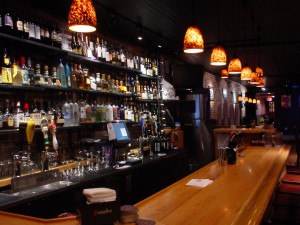 With that said, LEDs are one form of bar lighting that you should consider investing in. To begin with, the bulbs have a long life, feel cool to the touch are compact and energy efficient. Therefore, the bar lights will save you money and you can use them in a variety of places. For example, you could build them into tables, seating arrangements, walls, liquor display areas and bar backs. The bar lights are also easily controllable with the aid of companion items (i.e. hardware and software). As such, you could adjust them throughout the evening to redirect your bar patrons’ attention as needed.
With that said, LEDs are one form of bar lighting that you should consider investing in. To begin with, the bulbs have a long life, feel cool to the touch are compact and energy efficient. Therefore, the bar lights will save you money and you can use them in a variety of places. For example, you could build them into tables, seating arrangements, walls, liquor display areas and bar backs. The bar lights are also easily controllable with the aid of companion items (i.e. hardware and software). As such, you could adjust them throughout the evening to redirect your bar patrons’ attention as needed.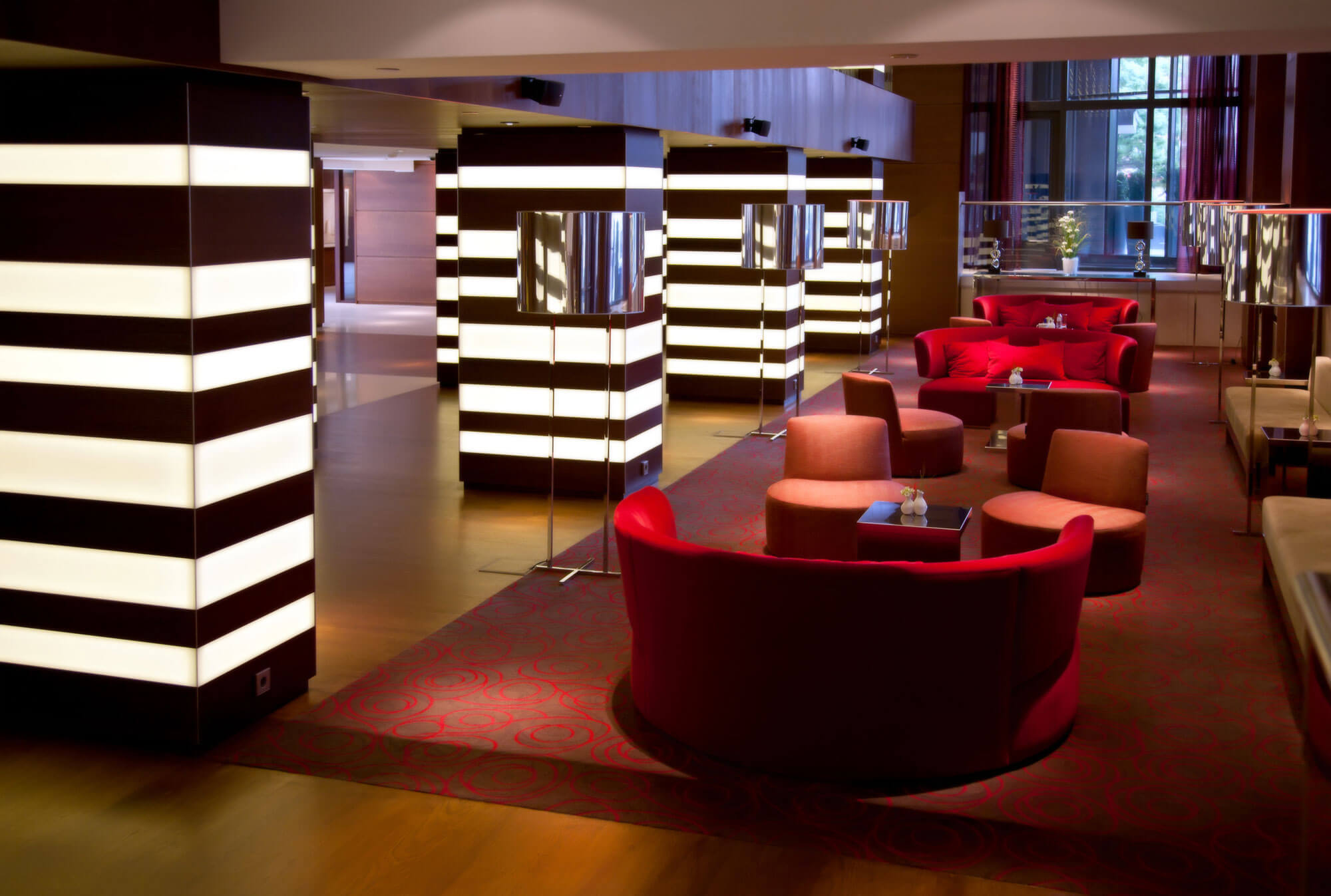
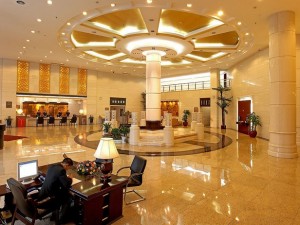 Are you currently managing a full-service hotel that was designed during the 1970s or 1980s? If so, there is a good chance that the property’s lighting is costing you far more than you realize. Here’s why:
Are you currently managing a full-service hotel that was designed during the 1970s or 1980s? If so, there is a good chance that the property’s lighting is costing you far more than you realize. Here’s why: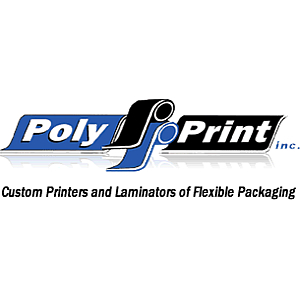
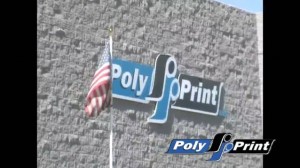
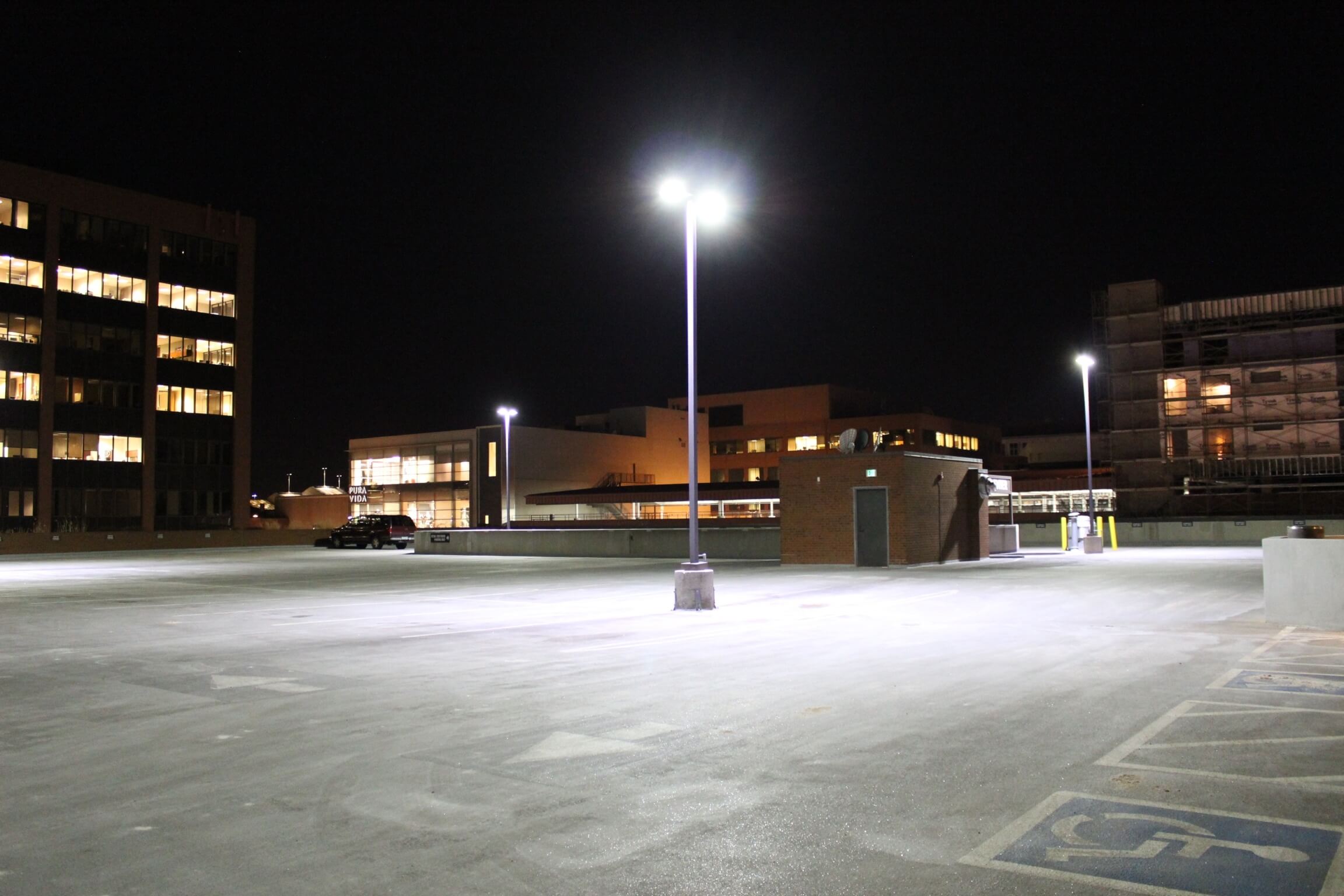
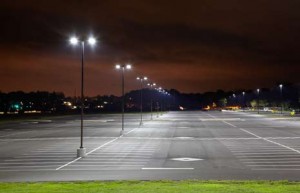 Chances are you’ve taken extraordinary efforts in providing more than adequate lighting for your office areas where most of your business in conducted. If it’s a
Chances are you’ve taken extraordinary efforts in providing more than adequate lighting for your office areas where most of your business in conducted. If it’s a 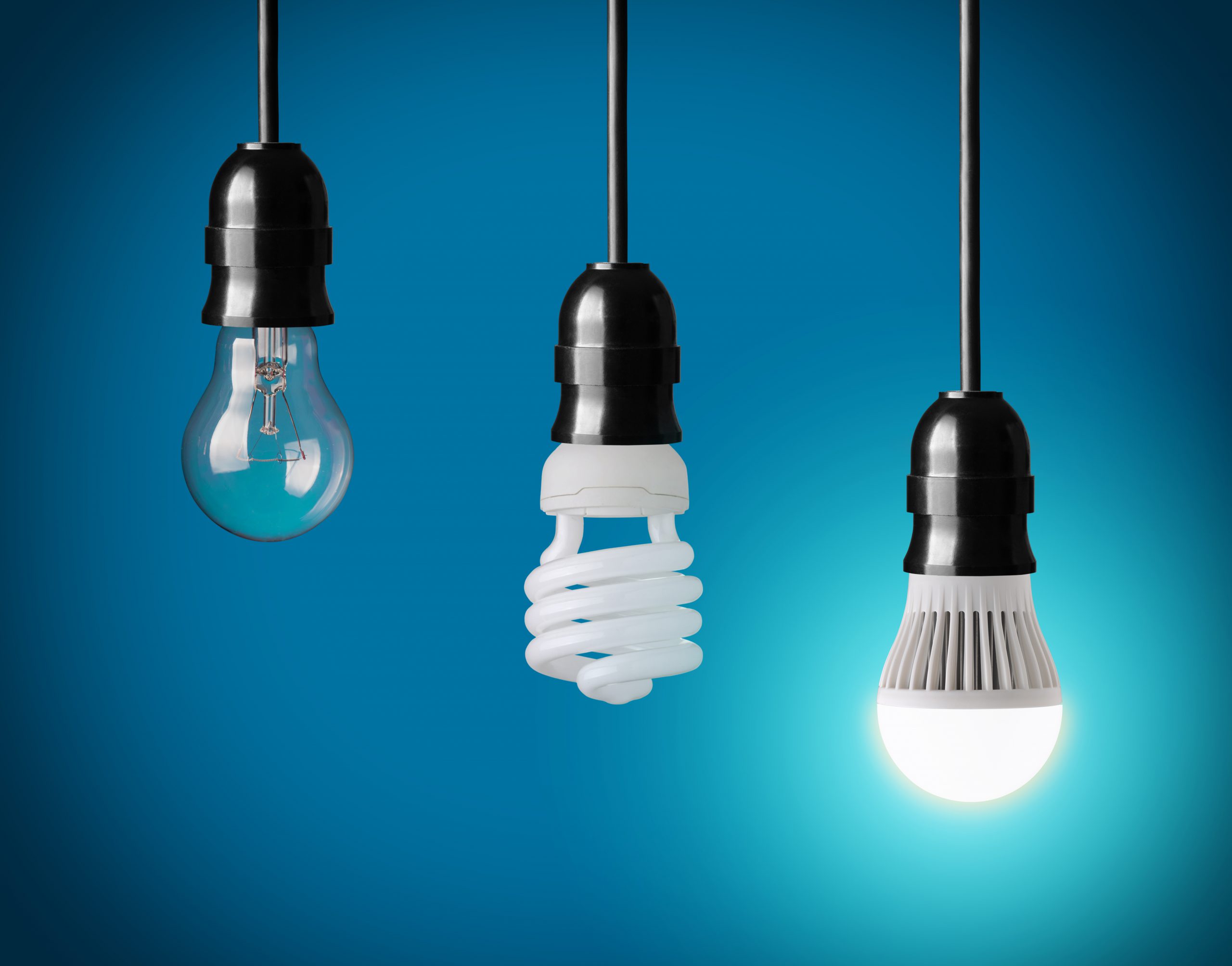
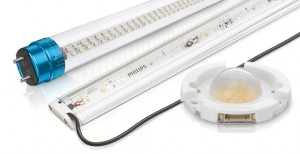 R&D at Dutch lighting conglomerate
R&D at Dutch lighting conglomerate 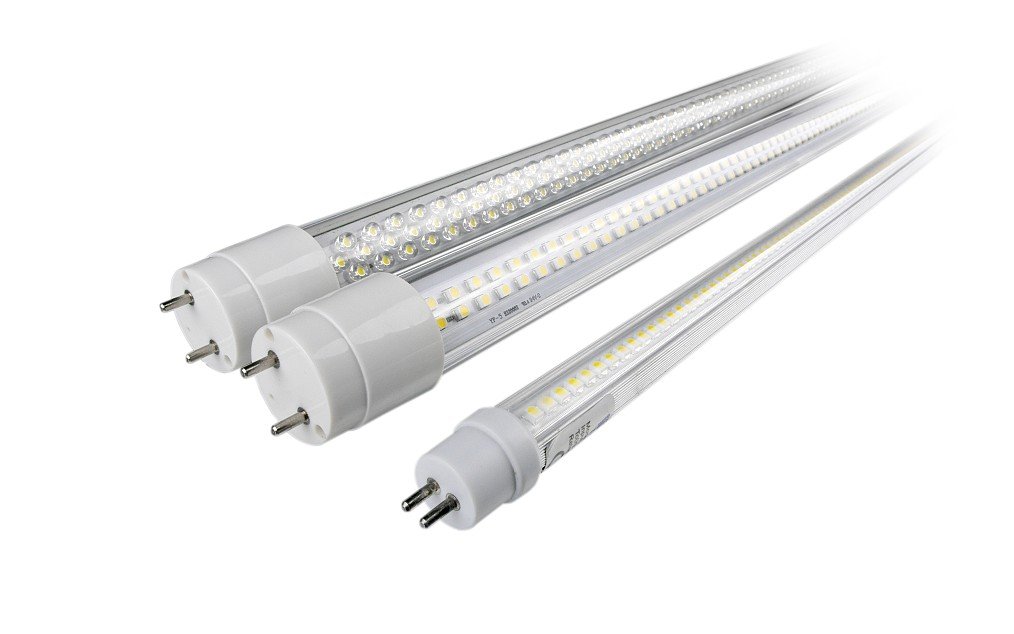
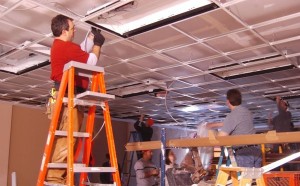 Installing T8 fluorescent lighting is a great way to save on energy costs and taxes at the same time. The IRS allows businesses that upgrade lighting to T8 fluorescent fixtures and lamps to claim lighting tax credits and offset the cost of upgrading against owed taxes.
Installing T8 fluorescent lighting is a great way to save on energy costs and taxes at the same time. The IRS allows businesses that upgrade lighting to T8 fluorescent fixtures and lamps to claim lighting tax credits and offset the cost of upgrading against owed taxes.
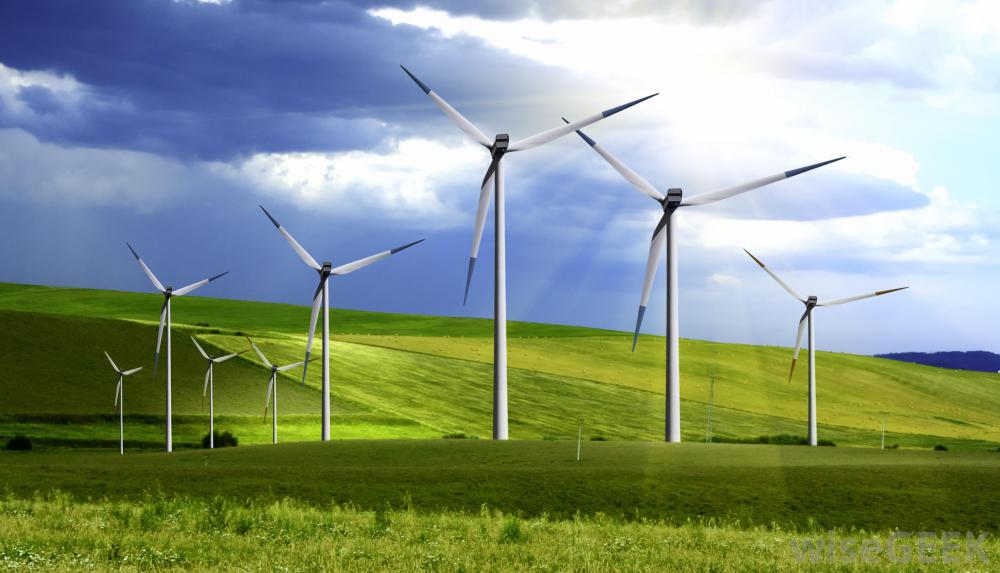
 Technological advances in the 21st century can be summarized by several key words; innovative, avant-garde and prolific to highlight a few. However, in a world where energy resources, the growing population and the increasing demand for available energy are all in direct competition, perhaps no technological goal should be more pressing than the creation of efficient energy.
Technological advances in the 21st century can be summarized by several key words; innovative, avant-garde and prolific to highlight a few. However, in a world where energy resources, the growing population and the increasing demand for available energy are all in direct competition, perhaps no technological goal should be more pressing than the creation of efficient energy.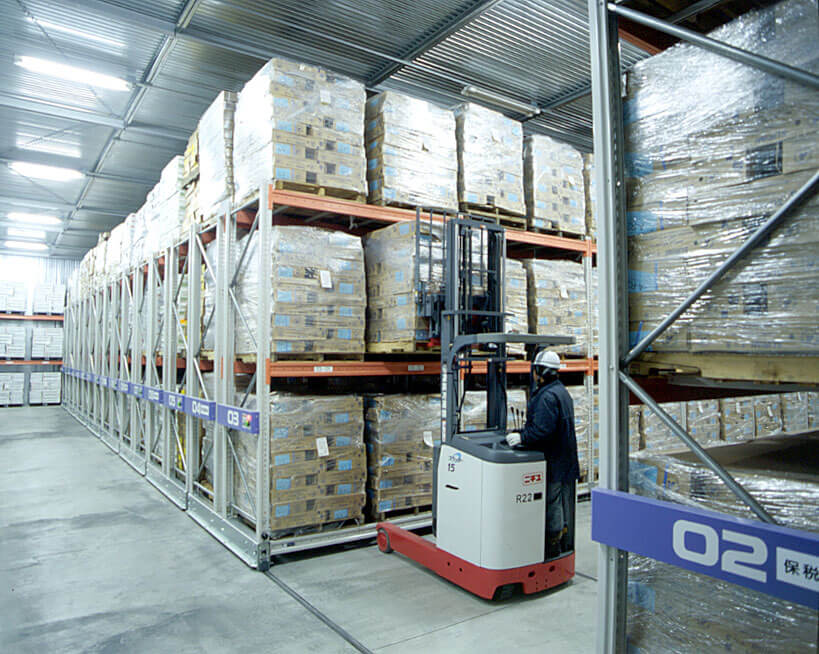
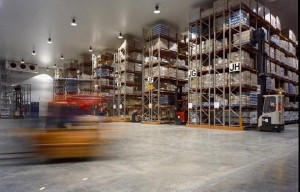 If your business operates with cold-storage facilities, you know the importance of maintaining an absolute temperature; however, did you know lighting can be a source of generated heat? This extra energy can cost you more money than you may realize.
If your business operates with cold-storage facilities, you know the importance of maintaining an absolute temperature; however, did you know lighting can be a source of generated heat? This extra energy can cost you more money than you may realize.